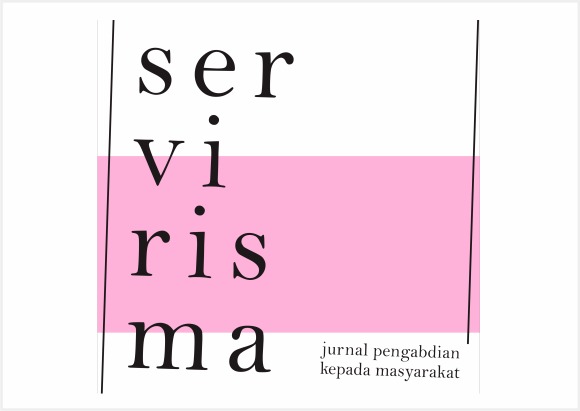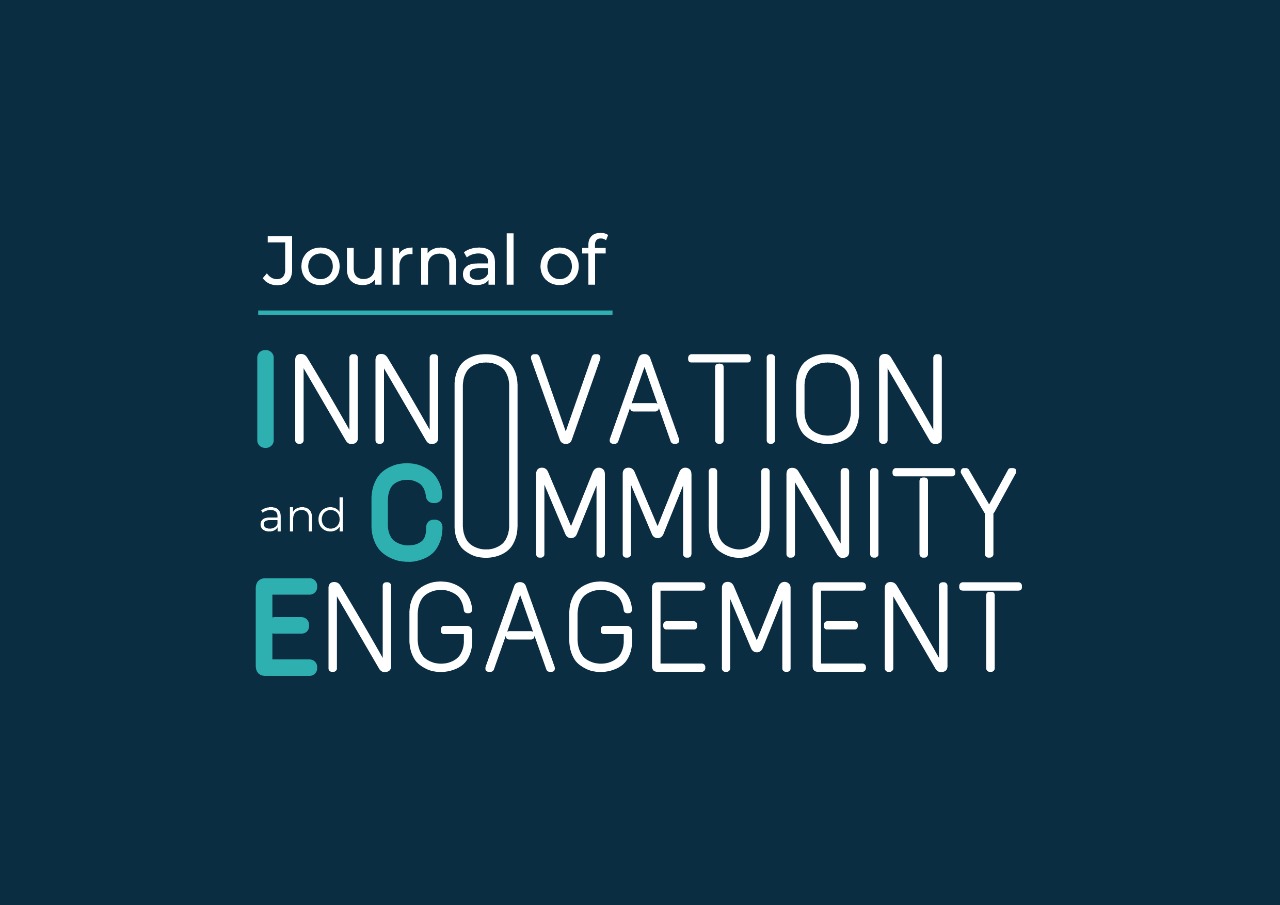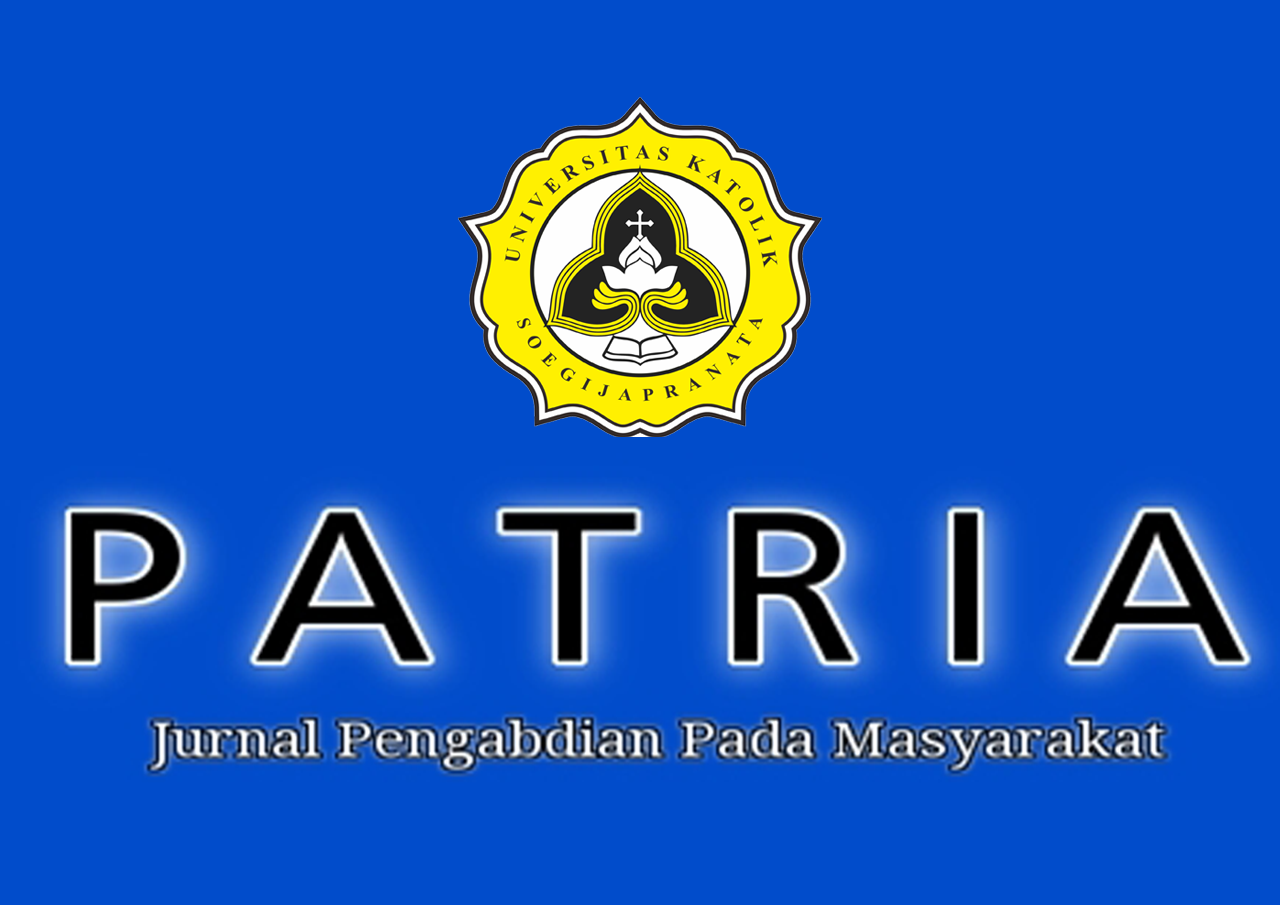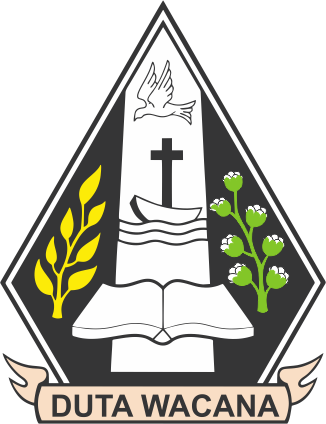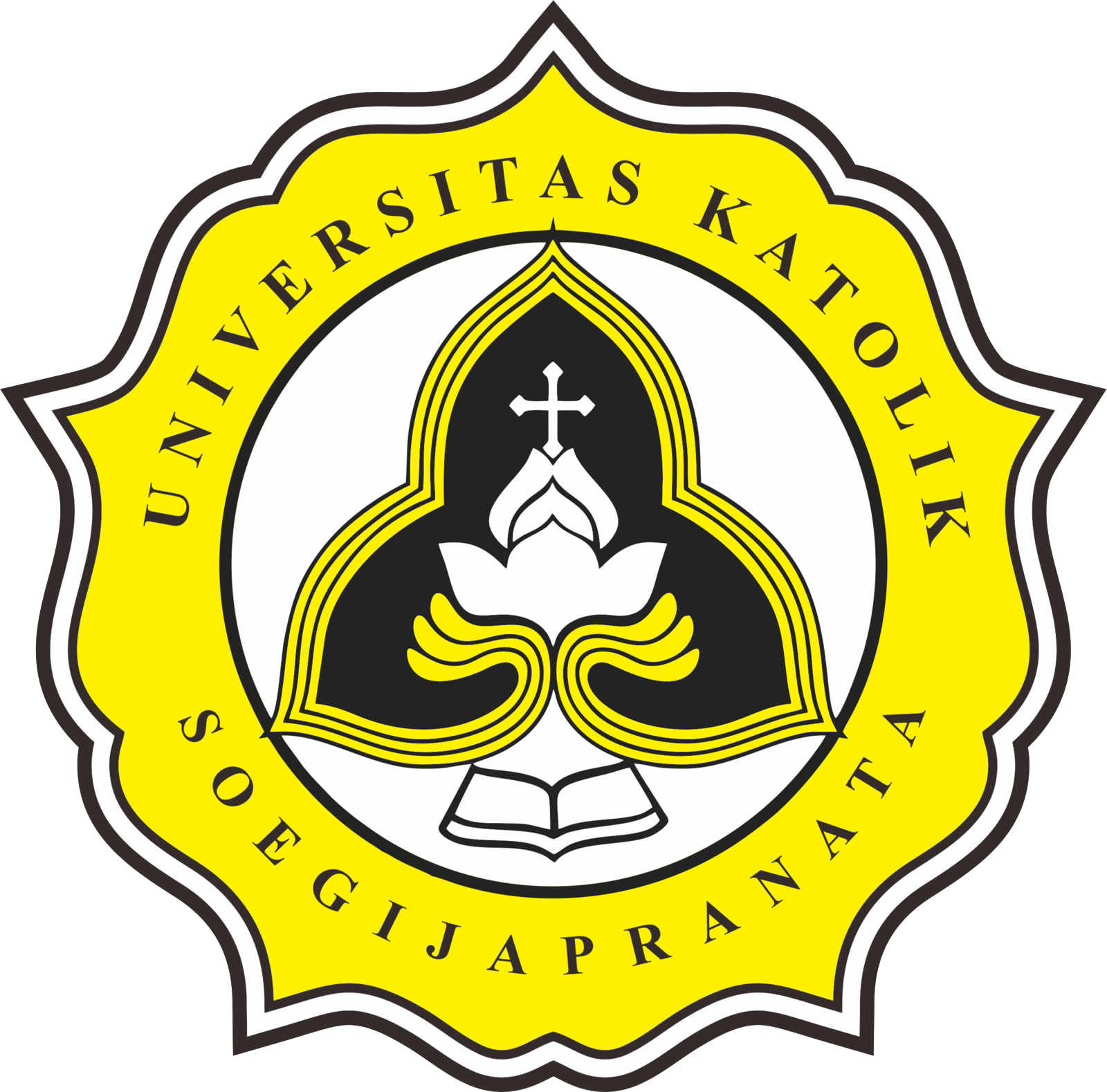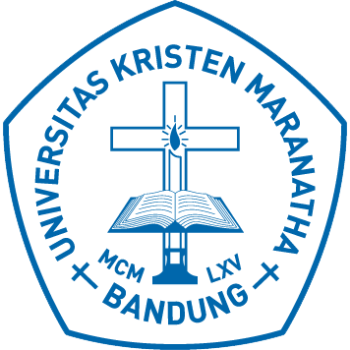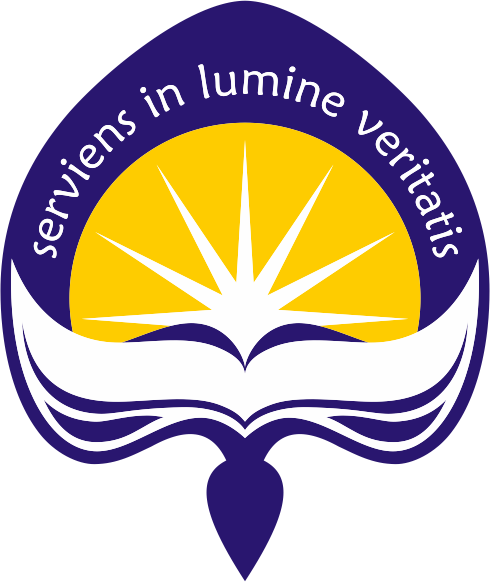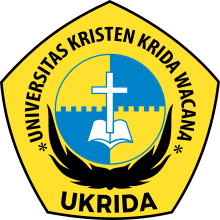Inovasi Pewarnaan dan Kreativitas Pengolahan Limbah Pertenunan Tradisional Santa Maria Boro
DOI:
https://doi.org/10.21460/sendimasvi2021.v6i1.24Keywords:
innovation, creativity, creative economy, NMWE, Santa Maria BoroAbstract
Lurik weaving is one of the cultural products in Indonesia that needs to be preserved. Santa Maria Boro Weaving which is located in Banjarasri District, Kalibawang, Kulonprogo Regency has been established since 1927 and is able to prove its existence as the traditional weaving industry in the globalization era. So far, some of the products that have been produced are blankets, towels, mops, napkins, sarongs, bed linen, pillowcases, hand towels, dish towels, and priest's clothes. The existence and the quality of the traditional woven products requires a special touch of innovation to win a competitive advantage. One of the efforts to win a competitive advantage is to increase the value-added of the traditional woven fabrics. This effort was done by the team using the creative method of colouring and decorative techniques creations on the fabrics produced by Santa Maria Boro weaving industry which are based on Non-Machine Weaving Equipment (NMWE). The colouring is done by using a combination of basic colours and a combination of motifs using the tying and the pinning techniques. Moreover, this program also managed the weaving waste in the form of “kawul” which is created as key chains. The output of this service program was a prototype of colouring innovation using the tying and pinning techniques. This program was not only successful in preserving the cultural products in Indonesia but also supported the government’s programs to advance the Creative Economy program.
References
B. E. K. &. B. P. Statistik, “Profil Usaha/ perusahaan 16 subsektor ekraf berdasarkan sensus ekonomi 2016,” Badan Pusat statistik, 2016.
“https://www.hidupkatolik.com/2018/04/04/19753/ pertenunan-santa-maria-boro-pertenunan-di-lereng-menoreh.php,” Pertenunan Santa Maria Boro, 04 April 2018. [Online]. [Accessed 25 Agustus
.
https://www.jurugan.web.id/2018/01/pertenunan-santa-maria- boro.html, perteunaan santa maria boro, januari 2018. [Online]. [Accessed 25 Agustus 2021].
L. S. A. d. S. I. Astuti, Perpustakaan FIS UNY, 2017. [Online]. Available: http://library.fis.uny.ac.id/opac/index.php?p=show_detail&id=7587 .[Accessed 25 Agustus 2021].
M. N, “ Dinamika Pasar Tenaga Kerja Indonesia (Vol. 1). UMMPress.,” UMM Press, vol. 1, 2018.
H. Setiawan, “pengaruh orientasi pasar, orientasi teknologi dan inovasi produk terhadap keunggulan bersaing usaha songket skala kecil di kota Palembang.,” Jurnal Orasi Bisnis, vol. 8, no. 2, pp. 12-
, 2012.
T. S. I. G. &. A. M. D. Nurmeisarah, “Tinjauan Tentang Tenun Tradisional Dusun Sade Desa Rambitan Kecamaatan Pujut Kabupaten Lombok Tengah.,” E Journal, vol. X, 2015.
A. Salsabila, “Pemanfaatan Teknik Lipat-Ikat Celup untuk Menghasilkan Tekstur pada Kain Busana.,” Journal Proceding of Art Design,, vol. 4, no. 1, pp. 60-77, 2017.
W. Y. d. Musdalifah, “Kelayakan Produk Tss dengan Pengaplikasian Taktil Teknik Ikat Celup,” Fashion and Fashion Education Journal, vol. 9, no. 1, pp. 78-82, 2020.
A. A. Said, Dasar Desain Dwimatra, Badan Penerbit UNM, 2006.
Downloads
Published
How to Cite
Issue
Section
License
Copyright (c) 2021 Sendimas 2021 - Seminar Nasional Pengabdian kepada Masyarakat

This work is licensed under a Creative Commons Attribution-NonCommercial-NoDerivatives 4.0 International License.


